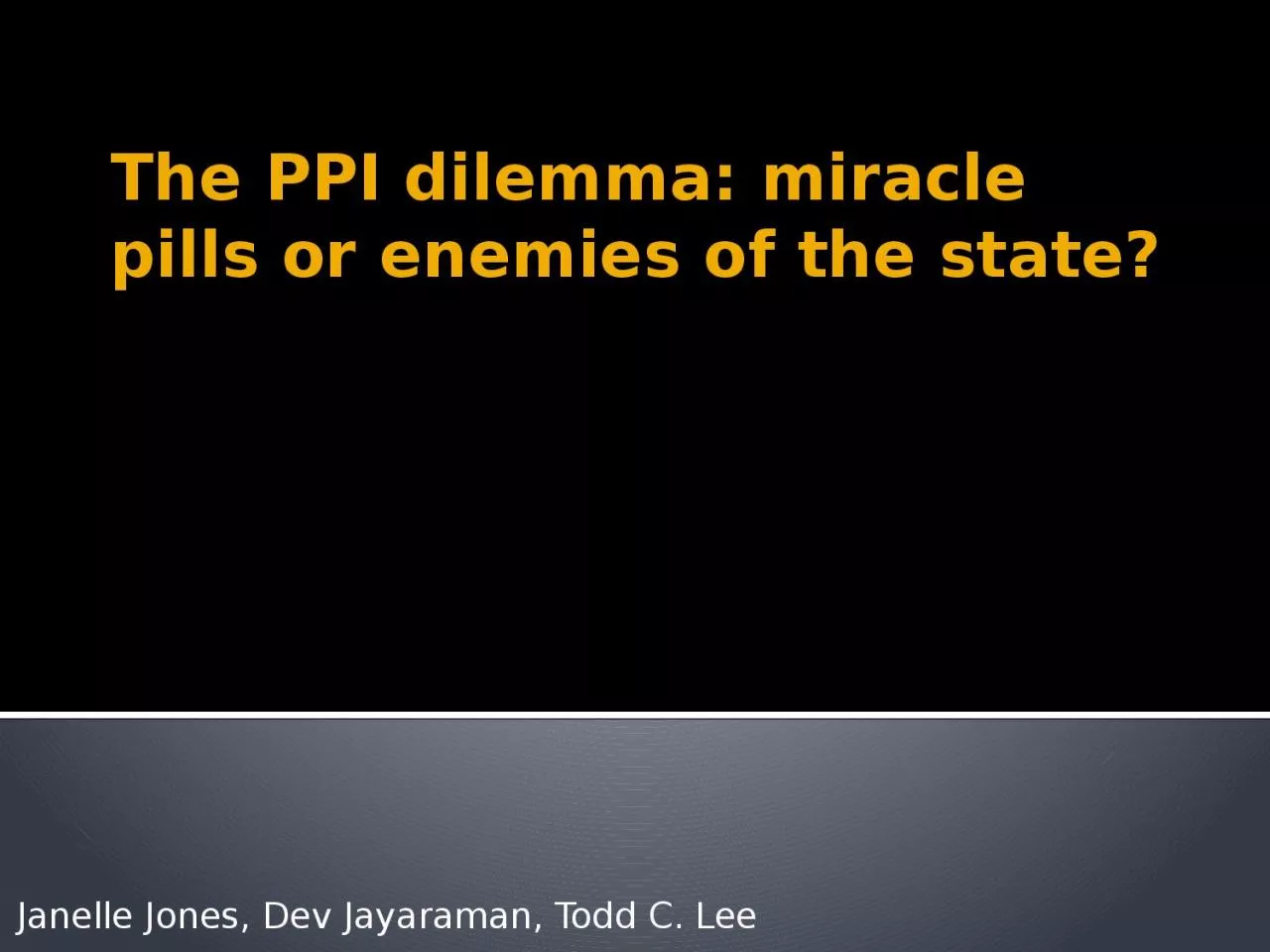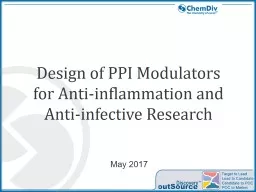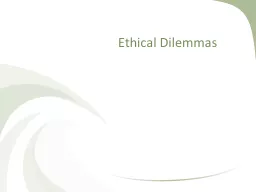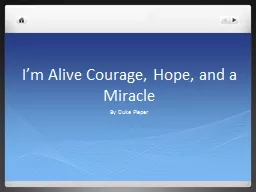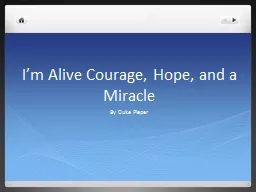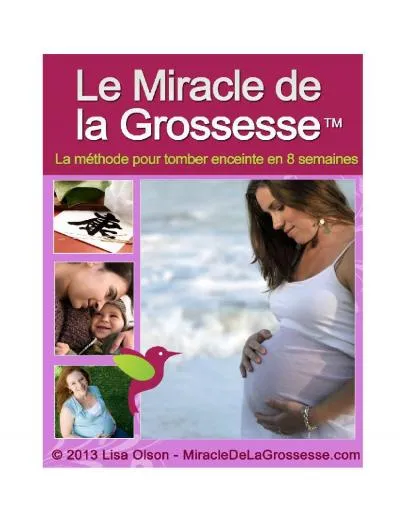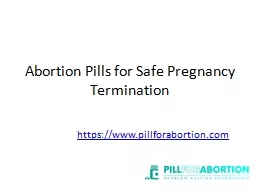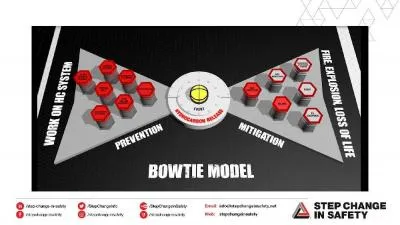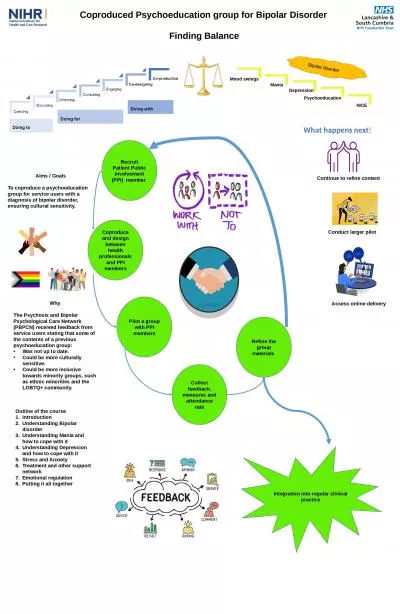PPT-The PPI dilemma: miracle pills
Author : singh | Published Date : 2022-06-21
or enemies of the state Janelle Jones Dev Jayaraman Todd C Lee Outline PPI overprescription PPI adverse effects PPI indications The PPI project and how you can
Presentation Embed Code
Download Presentation
Download Presentation The PPT/PDF document "The PPI dilemma: miracle pills" is the property of its rightful owner. Permission is granted to download and print the materials on this website for personal, non-commercial use only, and to display it on your personal computer provided you do not modify the materials and that you retain all copyright notices contained in the materials. By downloading content from our website, you accept the terms of this agreement.
The PPI dilemma: miracle pills: Transcript
Download Rules Of Document
"The PPI dilemma: miracle pills"The content belongs to its owner. You may download and print it for personal use, without modification, and keep all copyright notices. By downloading, you agree to these terms.
Related Documents

